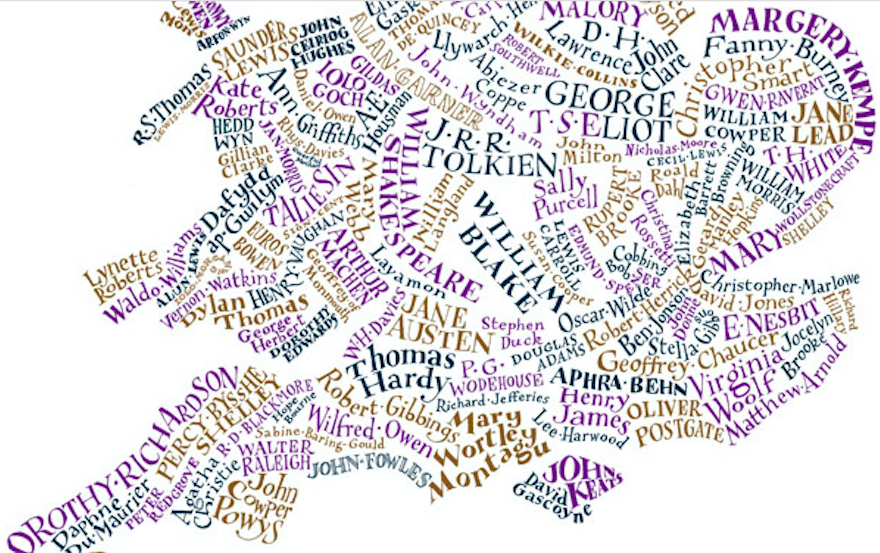
Memory Maps is concerned with writing on the landscape of this region - the ways the wilder reaches of Essex and Suffolk have been depicted. On field trips, we will have the chance to explore these literary landscapes and experience these worlds for ourselves.
A new genre of literature has been emerging very strongly: moving between fiction, history, traveller's tales, and memoir, it explores the spirit of place. Writers bring in personal associations and experiences, as well as stories attached to locality. Sometimes called psycho-geography, it has roots in the English essay tradition, and in sixteenth and seventeenth century meditations by Thomas Browne, for example, and Robert Burton and his Anatomy of Melancholy. The tradition has been most vividly taken up and given a new contemporary twist by other writers in the eastern stretches of England: Ronald Blythe, who has lived and written about the area for several decades; W.G. Sebald (his book The Rings of Saturn is set along the East coast) and Iain Sinclair, who has followed in John Clare's footsteps, also partly in the region (The Edge of the Orison, 2005).
Aims:
1. To introduce participants to a wide range of writing and other text (prose, poetry, art, architecture) centring on place - and specifically on Essex and Suffolk and neighbouring counties ('the East')
2. To introduce participants to new research on how text may be read and understood by reference to how 'place' functions within a range of texts and genres
3. To emphasise that memory mapping includes a set of discovery procedures, including reading, critical reflection and crucially participation in those processes that 'make spaces places'
4. To examine critical instances where history (diachrony) intersects with the present (synchrony) in the act of observing (i.e. gazers apprehend depths as well as surfaces - but how can both depthh and surface be satisfactorily understood and described?)
5. To provide a space, in workshop or other settings, for the development of a substantial and innovative piece of written work which may combine critical with the creative
Objectives:
By the end of the module, you will have:
1. questioned a range of writing relating to 'the spirit of place'
2. examined critically non-written text relating to representations of 'the East'
3. developed practical skills in the field of description
4. furthered your understanding not simply of how others have seen place but how others have used place (for forms of worship, defence, flight and political defiance)
5. completed an innovative and substantial piece of written work and will have had the chance to workshop the ideas which underlie it
- Module Supervisor: James Canton